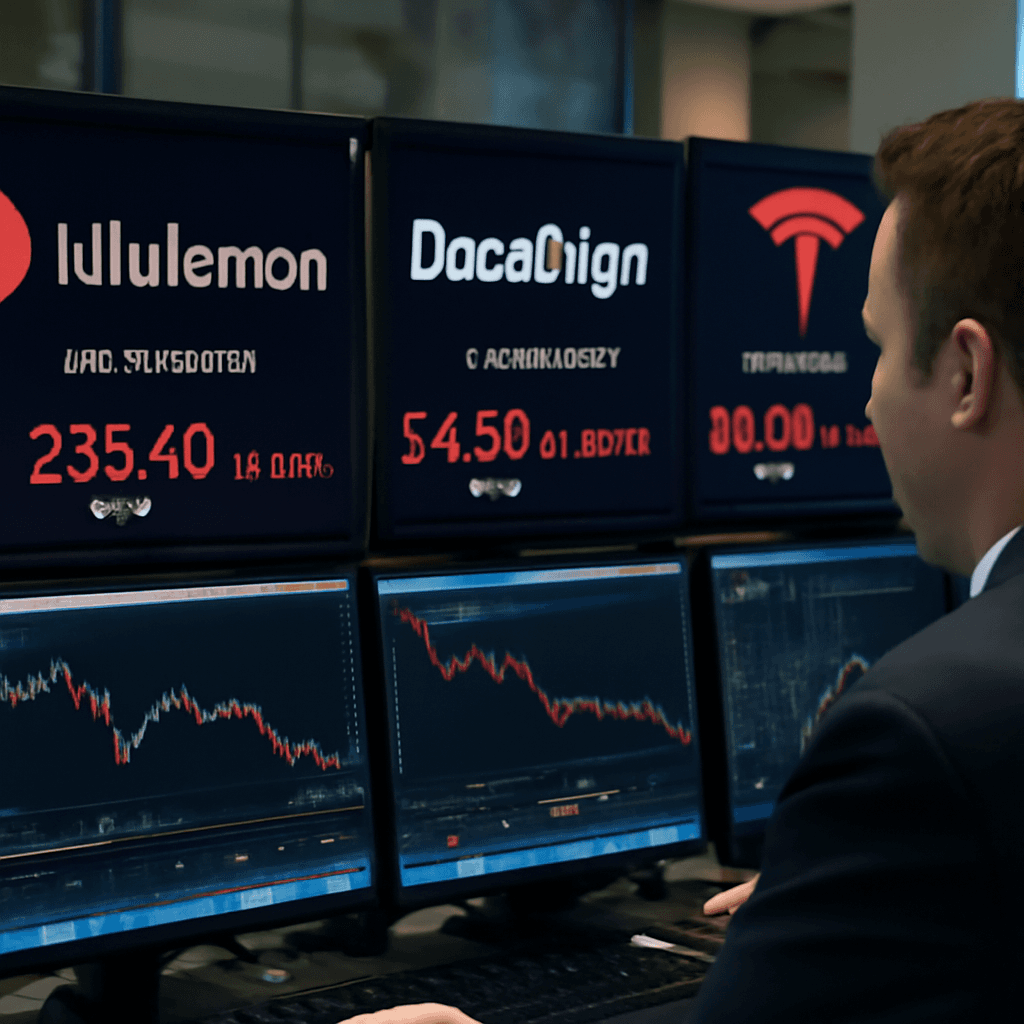Broadcom’s Strong Momentum Amid AI and Cloud Growth
Broadcom Inc. (AVGO) stands at the forefront of semiconductor innovation, crafting the essential chips that power data centers, networking infrastructure, wireless communications, and rapidly expanding artificial intelligence (AI) applications. As of late August 2025, Broadcom’s stock trades near $300, reflecting an impressive year-to-date rise of roughly 28%. This surge is fueled largely by escalating demand within AI and cloud computing sectors, evident in its robust fiscal results.
The company reported a stellar 44% revenue jump in fiscal 2024 to $51.57 billion, and its fiscal 2025 second-quarter revenue hit $15 billion — a 20% increase year over year. These figures underscore Broadcom’s formidable market position amid an increasingly competitive semiconductor landscape.
Why Investors Are Bullish—and Cautious—on Broadcom
The optimism centers on Broadcom’s strategic role in the AI ecosystem, benefiting from easing export restrictions to China and deepening collaborations with hyperscale tech giants like Google and Meta. With semiconductors making up approximately 56% of total revenue and infrastructure software broadening its portfolio, Broadcom enjoys a resilient business model diversified against sector volatility.
Analysts anticipate a continued earnings surge, projecting adjusted fiscal year 2025 earnings per share (EPS) of about $6.65 — nearly a 152% increase compared to the previous year. However, investors must remain prudent, as the “AI hype” has largely been priced in, and even strong earnings can sometimes fail to trigger corresponding stock gains, as witnessed in recent quarters by peers like Nvidia.
Navigating Earnings With a Risk-Managed Options Strategy
Recognizing the dual potential for gains and pullbacks ahead of Broadcom's earnings announcement, savvy investors have been employing nuanced options strategies to shield downside risk while capitalizing on upside opportunities.
Earlier this summer, market experts recommended two strategic positioning approaches:
- Long stock with a low-cost collar to cap losses while allowing for moderate upside.
- A call spread risk reversal trade, exemplified by buying a September 260 call financed partially by selling a July 220/310 strangle, minimizing upfront costs.
Reflecting on this advice, the now-expired July 220/310 strangle left holders with the September 260 call, which has gained substantial intrinsic value due to the stock price appreciation — now worth approximately $44 per contract (about $4,400) and delivering roughly $2,530 profit per spread.
Adjusting the Trade as Earnings Approach
With earnings looming next week, investors are advised to recalibrate this position to preserve gains and protect against volatility, especially given the typical post-earnings volatility crush that erodes options premiums.
Since the September 260 calls are currently deep in-the-money, they closely mirror owning the stock but offer limited downside protection. The extrinsic value of these options will decay rapidly after earnings, potentially dampening returns even if Broadcom reports strong results.
The historical average stock movement surrounding earnings is about 10%, with recent trends showing even larger swings. To hedge this risk, one viable adjustment is rolling the September 260 call up and out to an October 310 strike — effectively locking in profits while positioning for further gains.
This roll could recover nearly $28 of the initial outlay, letting traders “play with house money.” For those wary of the dramatic earnings-related volatility shifts, pairing this move with a call/spread risk reversal in October can further mitigate risks, typically requiring a modest additional investment (~$5).
Broader Market and Policy Implications
Broadcom’s trajectory exemplifies the critical intersections of semiconductor supply chains, international trade policies, and technological innovation. With U.S.-China tensions influencing export dynamics, companies like Broadcom serve as vital bellwethers for the semiconductor industry’s health and geopolitical undercurrents. For investors and policymakers alike, monitoring how these global shifts translate into financial performance and market sentiment remains paramount.
Expert Commentary
Financial analysts underscore the nuanced need for risk management in such a fast-evolving sector. "While AI's promise drives enthusiasm, the semiconductor market is no stranger to sharp corrections," says a senior options strategist. "Sophisticated options plays like collars and call spread reversals are essential tools for balancing ambition with prudence." As the earnings season unfolds, adaptability and strategy realignment will be key to safeguarding returns.
Editor’s Note
Broadcom’s rise amid the AI revolution offers an illuminating case study in marrying technology trends with tactical investing. However, as with many high-growth sectors, the blend of optimism and uncertainty calls for measured approaches. Whether you’re a seasoned trader or a cautious investor, understanding the mechanics and risks of advanced options strategies can be crucial during earnings periods. As the semiconductor industry's global backdrop shifts — shaped by policy, innovation, and geopolitics — staying agile and informed remains the best defense against market volatility.
Disclaimer: This article provides informational content based on available data and expert insights. It does not constitute financial advice. Investors should consult with licensed financial advisors to tailor strategies to their individual circumstances.

















